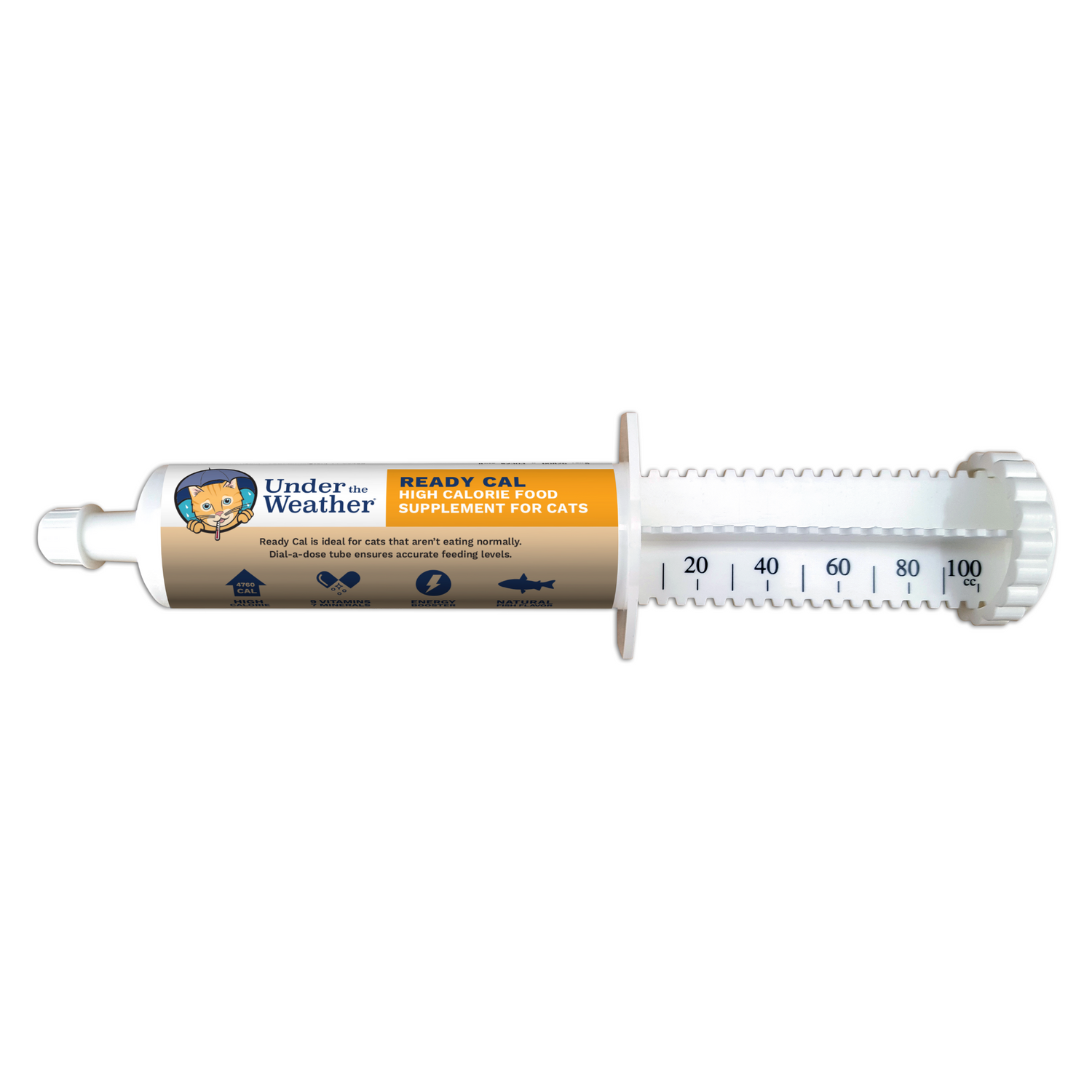In the excitement of a bountiful haul from Trick or Treating, perhaps your children left the candy in reach for Fido to swipe a few chocolate bars. Unfortunately, chocolate is toxic for dogs and can make your pooch very sick. Knowing the signs for alarm and how to act may make all the difference.
Symptoms of Chocolate Poisoning
If your dog has eaten a single chocolate chip cookie, it probably won’t cause him any serious harm. But if he eats a whole pan of brownies, or several chocolate candy bars, he may develop vomiting or diarrhea.
Related: Doggie Diarrhea - What Do I Do?
Once toxic levels are reached, the stimulants in the chocolate that affect the central nervous system and heart muscle kick in, and that’s when you need to be concerned. Symptoms would include restlessness, hyperactivity, muscle twitching, increased urination and excessive panting. If left untreated, your dog could go into a seizure and possibly die.
How Much is Toxic?
The amount of chocolate it takes to poison your pup depends on the type of chocolate he’s eaten and his weight. White chocolate contains the least amount of stimulants and baking chocolate or cocoa beans have the highest. Here is a list of the common sources of chocolate and amount that leads to toxicity:
- White Chocolate – Mild signs of toxicity can occur when 45 ounces per pound of body weight is ingested. Severe toxicity would occur when 90 ounces per pound of body weight is ingested. In other words, a 20-pound dog would need at least 55 pounds of white chocolate to cause nervous system signs, a huge amount.
- Milk Chocolate – Mild signs of toxicity can occur when 0.7 ounces per pound of body weight is ingested. Severe signs occur when 2 ounces per pound of body weight is ingested. A little less than one pound of milk chocolate can be toxic to the nervous system of a 20-pound dog.
- Semi-Sweet Chocolate – Mild signs of toxicity can occur when 1/3 ounce per pound of body weight is ingested, and severe signs when 1 ounce per pound of body weight is ingested. This means as little as 6 ounces of semi-sweet chocolate in a 20-pound dog can be toxic to the nervous system.
- Baking Chocolate – Mild signs of toxicity can occur when 0.1 ounce per pound of body weight is ingested, and severe signs when only 0.3 ounce per pound of body weight is ingested. Two small one-ounce squares of baking chocolate can be toxic for a 20-pound dog.
What to Do?
Even if your dog doesn’t eat enough chocolate to induce toxicity, the candy’s high fat content may cause him to cause vomiting or diarrhea. If this occurs, watch him carefully. If his symptoms don’t clear up within eight hours, call your veterinarian. If your dog is very young or small, call within four hours. Beside toxicity issues, your dog can easily dehydrate when having these digestive issues. Be as specific as possible about the type of chocolate he ate, the amount he ate and when he ate it.
Related: Watch Out for Doggie Dehydration
The sooner you get help, the better off your dog will be. If your dog is showing signs of toxicity, the chance of recovery is greater if treated within four to six hours.
This blog is brought to you by Under the Weather®, provider of award-winning freeze-dried bland diets for dogs. These bland diet products offer a quick and convenient solution when dogs experience digestive issues such as vomiting or diarrhea. Ready to go in minutes – just add boiling water to rehydrate.
Under the Weather is also an avid participant in the pet overpopulation cause. A portion of every sale is channeled to the Ruffy Rescue Transport Fund which finances the transportation of pets from overpopulated shelters around the U.S.A. to Vermont for adoption. The fund also covers the cost of spaying and neutering these animals. To date, we have helped save the lives of over 2,000 pets. Get to know more about Ruffy and the inspiration for our company.
View Our Products
Visit Our Blog Library






